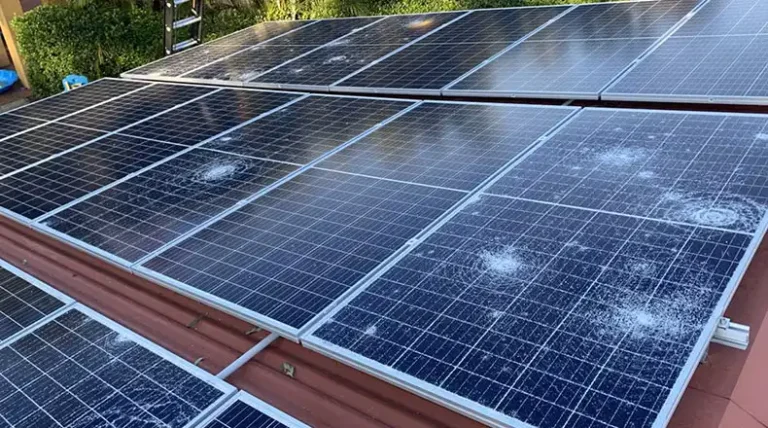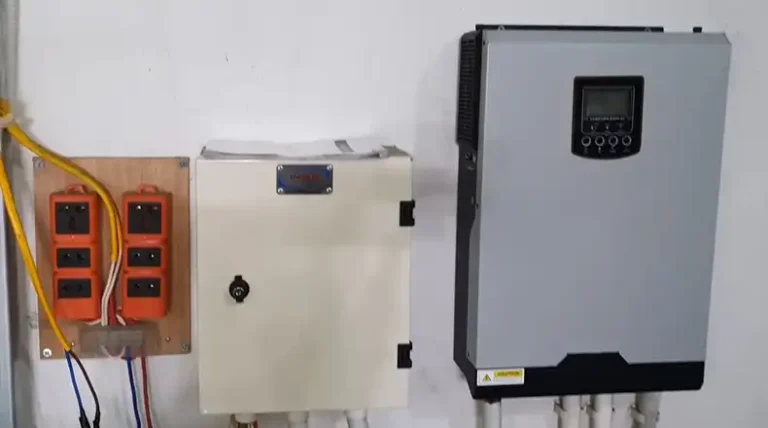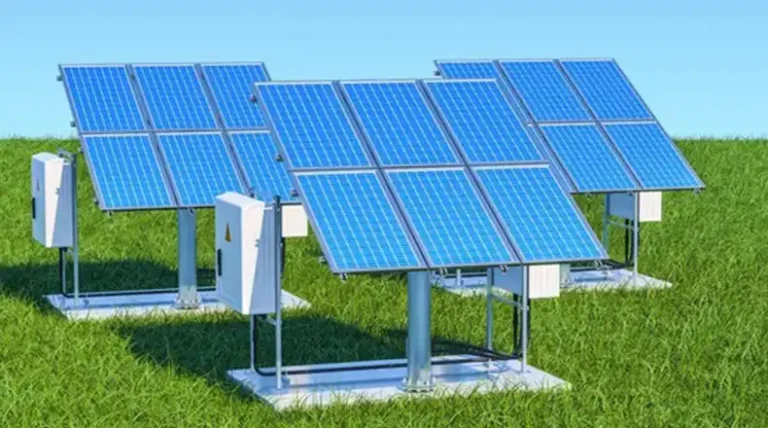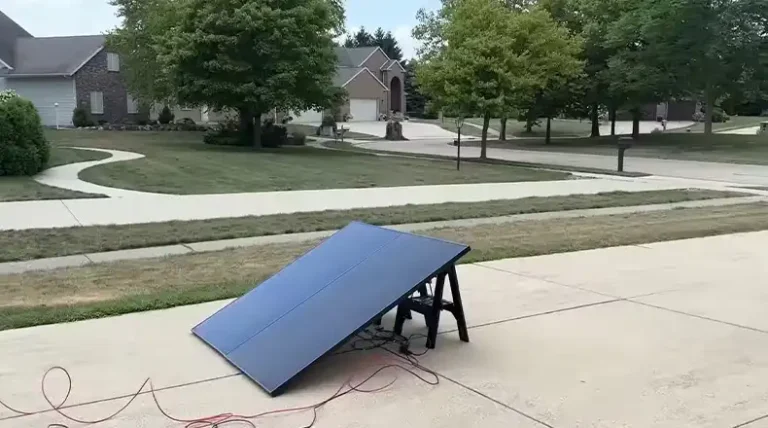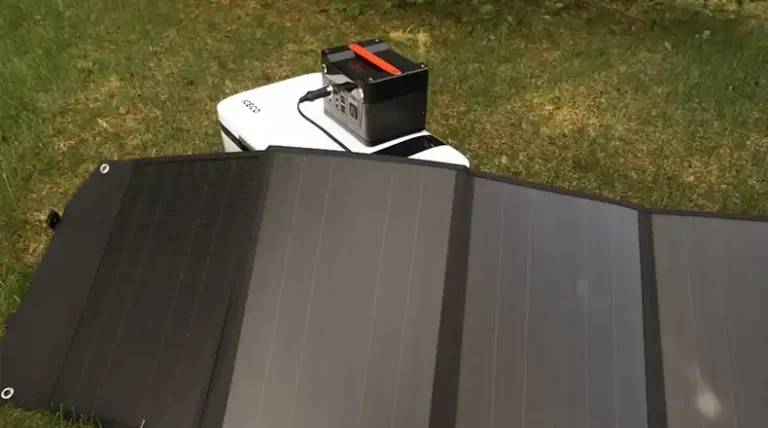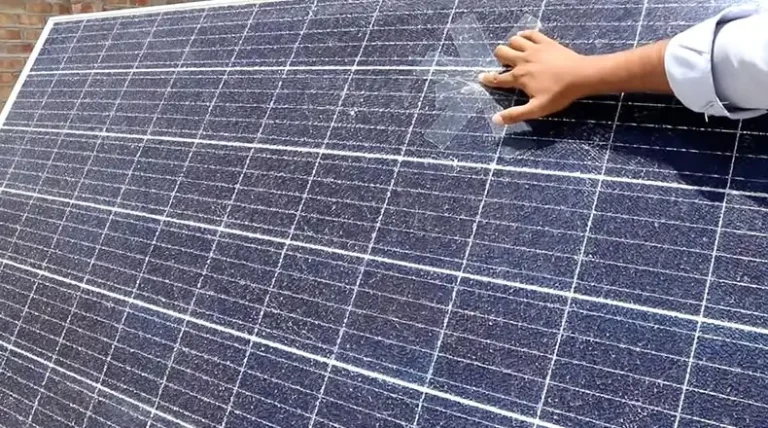How Far Can Solar Panels Be from Battery and Other Components? Easy Explanation
Solar power is a clean, renewable energy source that is becoming increasingly popular for both residential and commercial applications. However, there are some challenges associated with solar power systems, such as how to install and maintain them properly.
It’s crucial to take into account the distance between the solar panels and other system components, like the battery and inverter. As a general guideline, it’s recommended to keep the distance as short as possible such as 20 to 30 feet. However, you can make the distance more than the suggested one; in that case, the outcome will disappoint you.
In this article, I will discuss the ideal distance between solar panels and other system components, as well as the consequences of having a greater distance. We will also provide tips on how to mitigate the issue of long distances.
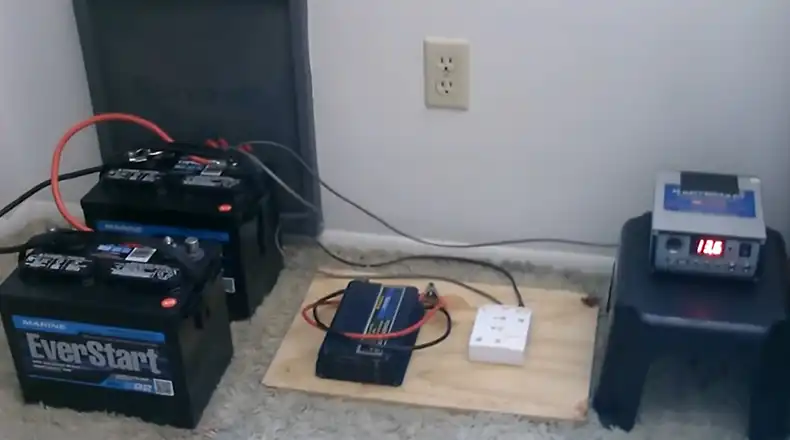
Ideal Distance between Solar Panels and Solar System Components
The ideal distance between solar panels and other system components depends on a number of factors, including the type of solar panels, the type of inverter, and the overall design of the system. However, as a general rule of thumb, it is best to keep the distance as short as possible. This is because long distances can lead to voltage drop, which can reduce the efficiency of the system.
The distance between solar panels and other components can vary depending on the type of system you have, the voltage of the system, and the size of the wires you use. However, there are some general guidelines that you can follow.
Solar Panels and Charge Controller
The charge controller is a device that regulates the flow of electricity from the solar panels to the battery. It is important to keep the distance between the solar panels and the charge controller as short as possible to minimize voltage drop. A good rule of thumb is to keep the distance within 25 feet.
Solar Panels and Battery
The distance between the solar panels and the battery can also be up to 25 feet, but it is best to keep it as short as possible to minimize voltage drop and energy loss. If you need to place the battery further away from the solar panels, you will need to use thicker wires to compensate.
Solar Panels and Inverters
The inverter is a device that converts DC electricity from solar panels and batteries to AC electricity that can be used to power your home or business. The distance between the solar panels and the inverter can be up to 100 feet, but again, it is best to keep it as short as possible to minimize voltage drop and energy loss.
Other Components
If you have other components in your solar system, such as a disconnect switch or monitoring system, you will need to follow the manufacturer’s instructions for placement. However, it is generally best to keep all of the components in your solar system as close together as possible to minimize voltage drop and energy loss.
What Will Happen if the Distance is More than the Standard One?
If the distance between the solar panels and the other system components is greater than the standard distance, it can lead to a number of problems, including:
Voltage Drop
As mentioned above, long distances can lead to voltage drop. This is because the electrical resistance of the wires increases with distance. Voltage drops can reduce the efficiency of the solar system and can also damage the equipment.
Power Loss
Power loss is another potential problem associated with long distances. This is because some of the power generated by the solar panels will be lost in the wires. The amount of power loss will depend on the distance between the solar panels and the other system components, as well as the wire gauge.
What to Do to Mitigate the Issue?
If you need to install your solar panels a long distance from the other system components, there are a few things you can do to mitigate the issue of voltage drop and power loss:
- Use a larger wire gauge: Using a larger wire gauge will help to reduce the voltage drop and power loss. The wire gauge is the thickness of the wire, and the larger the wire gauge, the lower the resistance.
- Use a DC optimizer: A DC optimizer is a device that is installed on each solar panel and helps to reduce voltage drop and power loss. DC optimizers are especially useful for long distances.
- Install a microinverter: A microinverter is a type of inverter that is installed on each solar panel. Microinverters convert the DC power generated by the solar panel to AC power at the panel level. This eliminates the need for a central inverter and reduces voltage drop and power loss.
Final Thoughts
It is important to keep the distance between solar panels and other system components as short as possible. However, if you need to install your solar panels a long distance from the other system components, there are a few things you can do to mitigate the issue of voltage drop and power loss, such as using a larger wire gauge, using a DC optimizer, or installing a microinverter.

